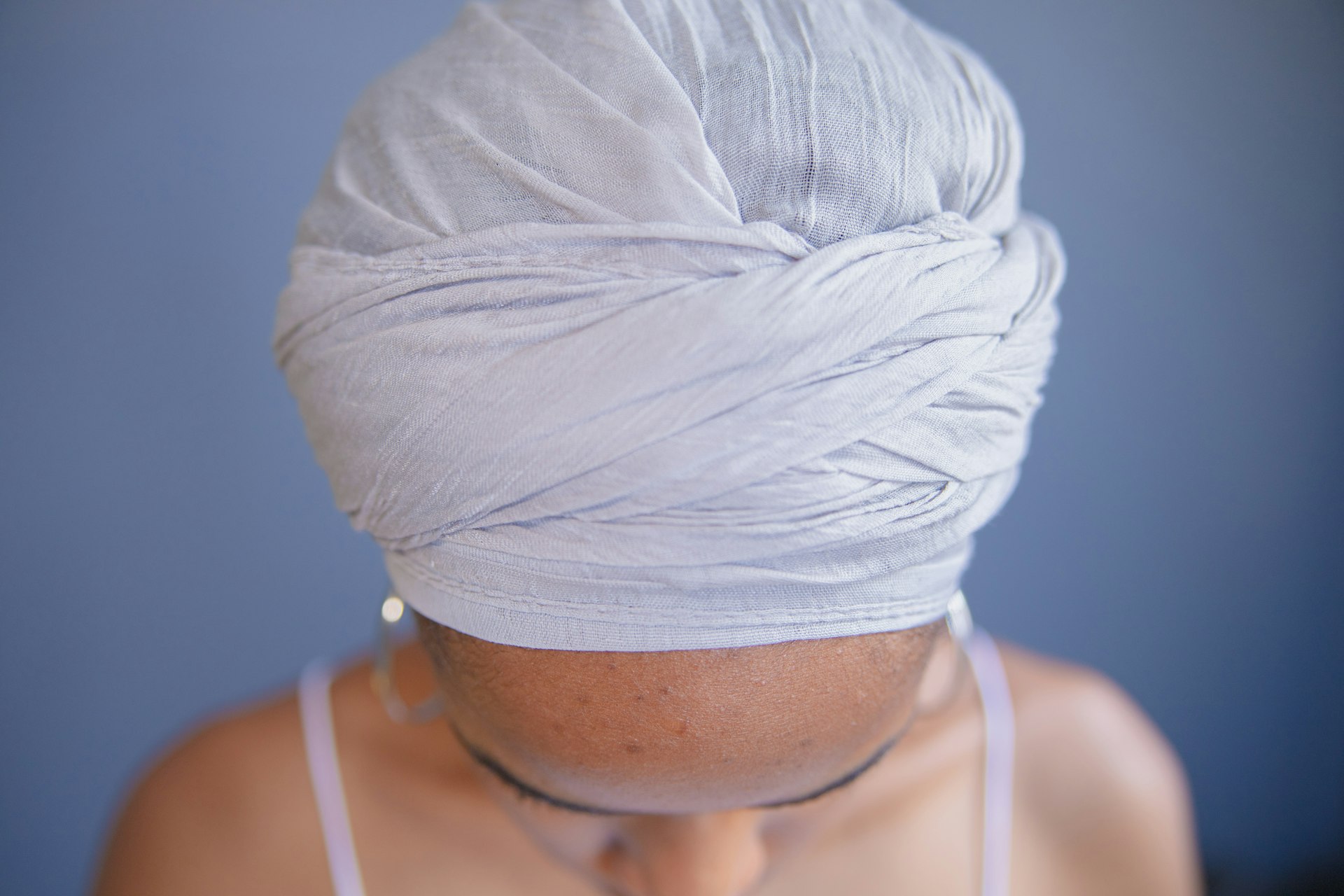DIY Baby Headbands: How to Make and Tie the Perfect Fit


Photo by Krystal Dixon on Unsplash
Introduction to DIY Baby Headbands
Baby headbands are a charming and practical accessory for newborns and infants, offering both style and warmth. Making your own baby headband at home is a simple, rewarding DIY project that allows for personalization in fabric, color, and fit. Whether you’re a sewing novice or a seasoned crafter, this guide provides everything you need to know-from cutting and sewing your own fabric band to tying the perfect bow for your baby’s comfort and safety.
Materials You’ll Need
To get started on your DIY baby headband, you’ll need:
- Soft, stretchy fabric such as jersey or cotton knit (about ½ yard, depending on band width)
- Scissors
- Sewing machine or needle and thread
- Measuring tape
- Pins
- Iron (for pressing seams)
Step-by-Step: Sewing Your Own Baby Headband
Step 1: Cut the Fabric
Fold your fabric so the right sides face each other. Cut two strips-typically 22, 24, or 26 inches long by 2.5 inches wide, depending on your desired headband size. Trim a 1-inch by 1-inch triangle from each end to create rounded, pointed tips, which help reduce bulk and make tying easier [1] .
Step 2: Sew the Strips Together
Place the fabric strips right sides together. Sew around the edges, leaving a few inches unsewn on one long side for turning. Use a stretch stitch (like a narrow zigzag) to ensure the headband retains elasticity [1] .
Step 3: Clip Corners and Turn
Trim the corners of the sewn band to reduce bulk, then turn the headband right-side out through the opening. Use a chopstick or similar tool to gently push out the corners for a neat finish [1] .
Step 4: Close the Opening
Hand-stitch or use a narrow zigzag stitch to close the opening. Press the headband flat with an iron for a professional look [1] .
Step 5: Tie the Headband
Place the headband around your baby’s head to check the fit. Adjust the length by tying a double knot at the nape of the neck-this allows for easy resizing as your baby grows. For newborns, cinch the knot tighter; for older babies, a looser fit may be more comfortable [1] .

Photo by Gift Habeshaw on Unsplash
How to Tie a Baby Bow Headband
If you’re using a stretchy, pre-made headband and want to add a bow, follow these steps:
Step 1: Find the Right Fit
Place the band under your thigh (the thigh is roughly the size of a baby’s head) with the seam facing up. Tie a simple knot underneath the fabric, adjusting tightness for a snug but comfortable fit [2] .
Step 2: Create the Bow
Fold one end up so the seam faces down, then wrap the other end around it and tie through to form a second knot. Gently tug each “ear” of the bow to even them out. If the headband slides, loosen the knot slightly-over-tightening can cause slipping [2] .
Step 3: Adjust as Needed
If the band is too tight or too loose, simply untie and retie the knot. The beauty of stretchy headbands is their adjustability, making them ideal for growing babies [2] .
Alternative Methods: Pre-Tying and Topknot Styles
For beginners, pre-tying the bow before placing it on your baby’s head can be easier. Use a cylindrical object (like a can or bottle) as a guide to tie the bow to the right size, then slip it onto your baby’s head [3] .
Topknot headbands are another popular style. These typically feature a small, centered bow and are tied similarly to the basic bow method, but with the knot positioned at the top of the head for a cute, elevated look. For visual guidance, you can find tutorials online that demonstrate this technique [4] .
Choosing the Right Fabric and Style
Selecting the right fabric is crucial for comfort and safety. Jersey and cotton knits are soft, stretchy, and gentle on delicate skin. Avoid fabrics with rough edges or excessive embellishments that could irritate your baby.
Consider making a set of matching headbands and ear warmers for versatility-switch between them as the weather changes [1] .
Troubleshooting Common Issues
Headband Slides Off: If the headband slips, it’s often because it’s too tight. Loosen the knot slightly for a better fit [2] .
Too Loose: If the band is too loose, retie the knot tighter. The adjustable nature of these headbands makes it easy to find the perfect fit.
Irritation: Always choose hypoallergenic, soft fabrics and check your baby’s skin for any signs of irritation after wearing a new headband.
Creative Ideas and Gift Sets
DIY baby headbands make thoughtful, personalized gifts. Consider creating a set with matching ear warmers for cooler months, or coordinate colors and patterns for a unique look. “Mommy & Me” sets are also a sweet way to celebrate special moments with matching accessories for mother and child [2] .
Conclusion
Making and tying a baby headband is a simple, enjoyable DIY project that yields adorable, practical results. With a few basic materials and these step-by-step instructions, you can create comfortable, adjustable headbands in any style-perfect for everyday wear, photo shoots, or gifting. Remember to prioritize comfort, safety, and adjustability to ensure your baby stays happy and stylish.
References
[1] AppleGreen Cottage. DIY Baby Headband – Sweet & Easy.
[2] Lilac Market Headbands. How to Tie a Baby Bow Headband.




